Gravity casting is a metal casting process in which molten metal is poured into a mold under the influence of gravity alone, without the use of additional pressure or vacuum. It is one of the simplest and most cost-effective casting methods, commonly used for producing medium-to-large parts with a wide range of alloys.
Aluminum Gravity Casting in Innovaw
Innovaw's gravity casting production line has 12 advanced tilting gravity casting machines, including sand mixers, molding machines, pouring machines, and post-processing equipment.
Our gravity casting products cover automotive parts, medical devices, aerospace, lighting equipment, energy equipment components, marine vessels, industrial equipment, kitchen appliances and other components. The product sizes range from 100x100mm to 600x600mm, weights range from 100g to 50Kg, and daily production capacity is 3-4 tons.
Material Scope:
Aluminum:
ASTM-A319, A413, A355, A356, A357
JIS-AC2B, AC4D, AC4C, AC3A, AC4A
DIN-AlSi7cu4, AlSi5cu1Mg, AlSi7Mg, AlSi12, AlSi9Mg, AlSi12Cu2Mg1, AlSi6Cu4
ENAC-45000, 45300, 42100, 44100, 43300
In order to better provide one-stop service to our customers, Innovaw continues to maintain a high level of investment in research and development in the field of gravity casting.
We will continue to introduce the industry's advanced gravity casting equipment.
We continue to improve the details of the gravity casting process in practice, the pursuit of each and every bit of progress.
We continue to study the material properties and the best application of different materials in the field of gravity casting.
What Is Gravity Casting?
Gravity casting is a metal casting process in which molten metal is poured into a mold under the influence of gravity alone, without the use of additional pressure or vacuum. It is one of the simplest and most cost-effective casting methods, commonly used for producing medium-to-large parts with a wide range of alloys.
1. Key Characteristics
- Gravity as the Driving Force: The metal flows into the mold purely due to gravity, ensuring simplicity in the process.
- Mold Types:
. Permanent molds made of steel or iron are often used for repetitive production.
. Sand molds are used for one-off or low-volume production, especially for complex or large components.
- Wide Alloy Range: Applicable to both ferrous (iron, steel) and non-ferrous (aluminum, bronze, brass) metals.
- Good Structural Integrity: Gravity-driven flow allows for solidification with fewer internal defects compared to pressure-based methods.
2. The Process of Gravity Casting
- Mold Preparation:
. Molds are cleaned and coated with a releasing agent or refractory material to prevent sticking.
. Sand molds may be compacted and reinforced for stability.
- Pouring: Molten metal is carefully poured into the mold from a ladle, ensuring a steady and controlled flow.
- Solidification: The metal cools and solidifies in the mold. Cooling times depend on the mold material (sand molds cool slower than metal molds).
- Demolding: After the metal solidifies, the casting is removed from the mold. For sand molds, the mold is typically broken apart.
- Finishing: Excess material like sprues, runners, and risers is trimmed. Additional machining or surface finishing may be applied as needed.
3. Advantages of Gravity Casting
- Cost-Effective: Simple equipment and minimal operational costs.
- Wide Material Compatibility: Suitable for a variety of metals and alloys.
- Versatility: Can handle small to very large components.
- Good Dimensional Accuracy: Especially when using permanent molds.
-Ease of Customization: Sand molds enable complex shapes with internal cavities.
4. Common Applications of Gravity Casting
- Automotive Industry: Engine blocks, cylinder heads, and manifolds.
- Aerospace: Structural and non-critical components.
- Art and Decoration: Statues, plaques, and intricate designs.
- Machinery and Equipment: Pumps, valves, and gear housings.
5. Limitations of Gravity Casting
- Surface Finish: May require additional machining or polishing for high-quality finishes.
- Limited Precision: Not as accurate as high-pressure or low-pressure die casting.
- Cycle Time: Longer cooling times, especially for sand molds, reduce production speed.
- Porosity Risk: Without pressure, the process may result in minor porosity issues in some cases.
Comparison with Other Casting Methods
|
Feature |
Gravity Casting |
High-Pressure Die Casting |
Low-Pressure Die Casting |
|
Driving Force |
Gravity |
High (10–200 MPa) |
Low-pressure(0.1-1MPa) |
|
Surface Finish |
Moderate(sand molds) |
Excellent |
Good |
|
Dimensional Accuracy |
Moderate |
High |
Good |
|
Production Speed |
Slow(sand molds) |
Fast |
Medium |
|
Part Complexity |
Medium |
High |
Moderate |
|
Alloy Range |
Wide |
Mostly non-ferrous metals |
Mostly non-ferrous metals |







.png)


.png) +86-574-83036520
+86-574-83036520 +86-574-83008051
+86-574-83008051 sales@innovaw.com
sales@innovaw.com

.png)

.png)
.png)
.png)

.png)
.png)
.png)
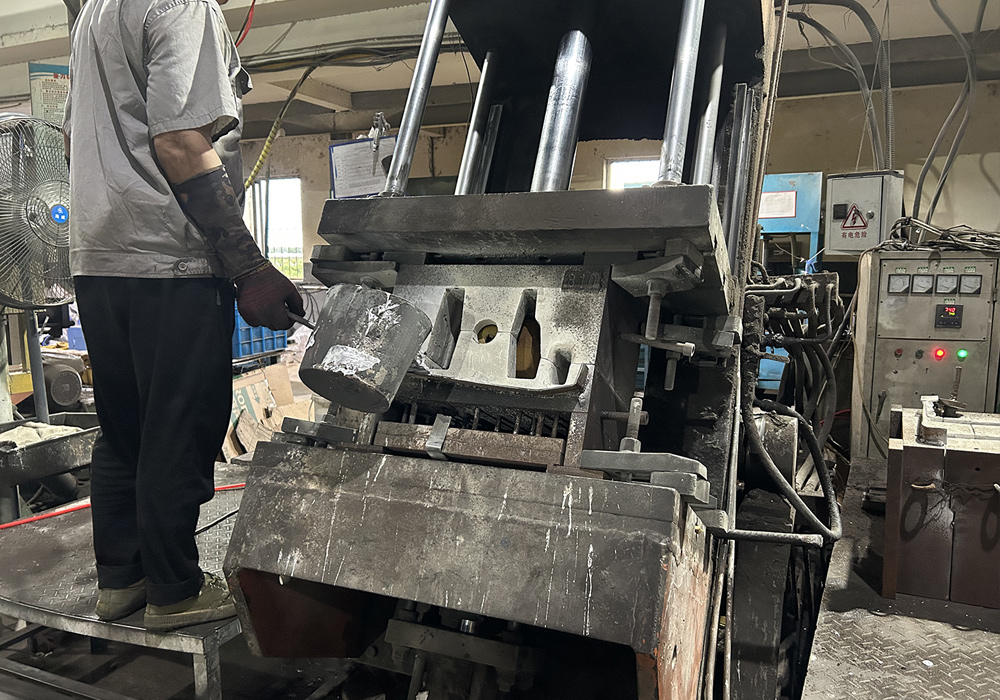
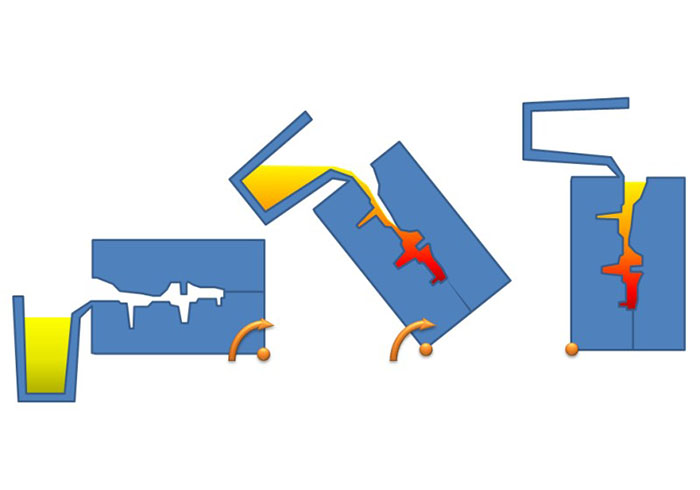
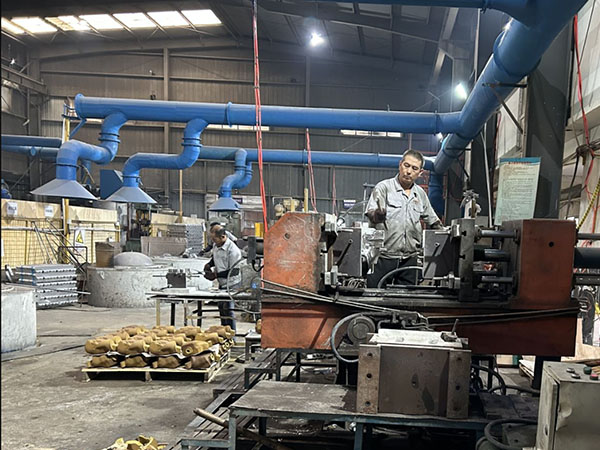
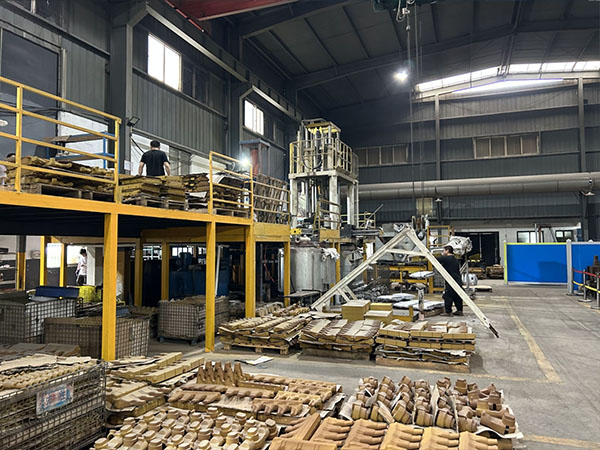
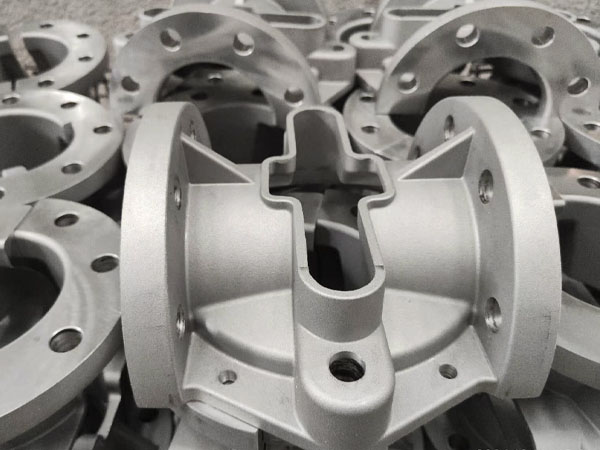
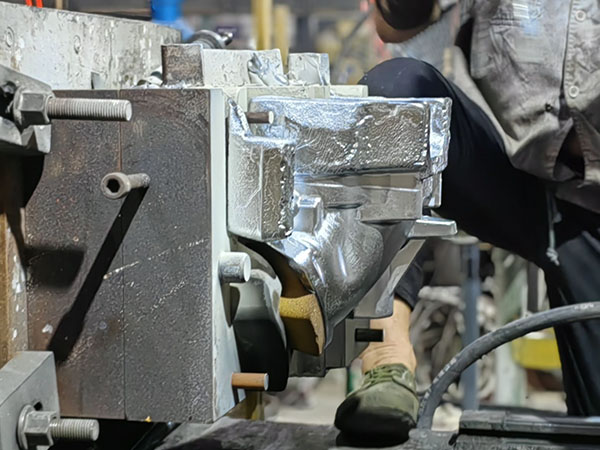
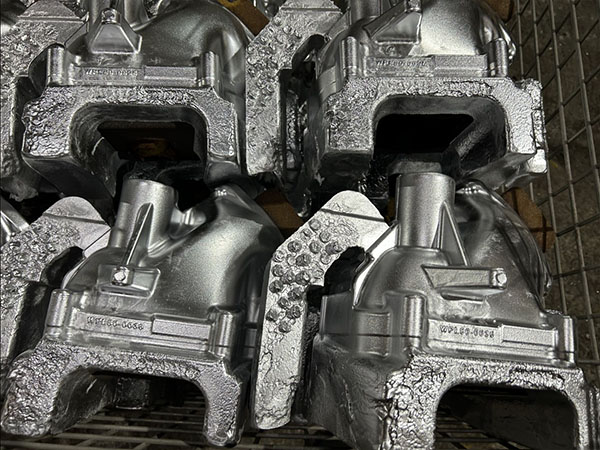
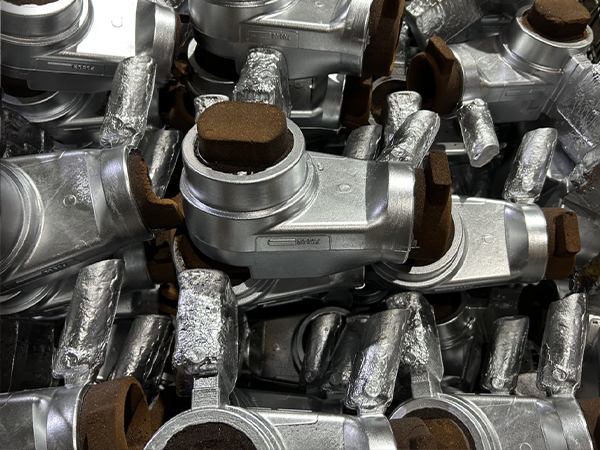




.png)

